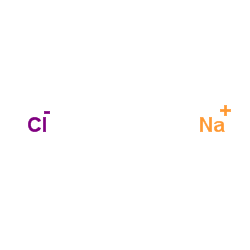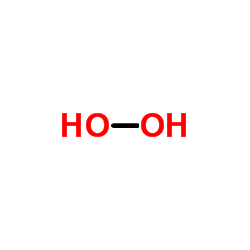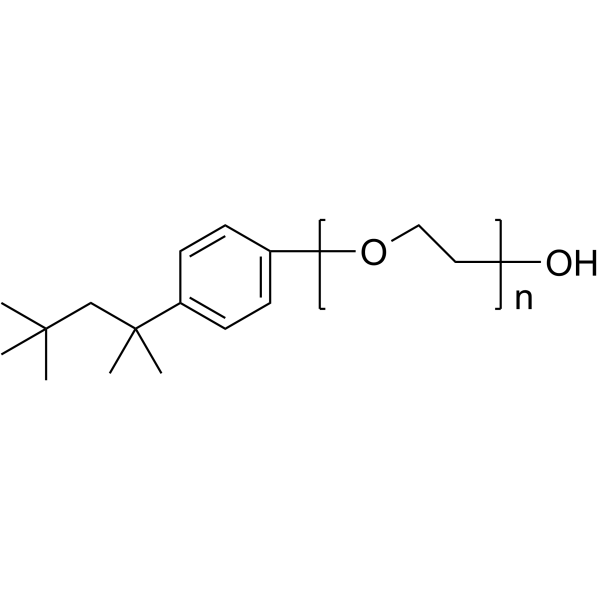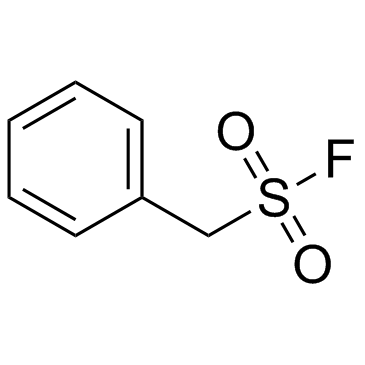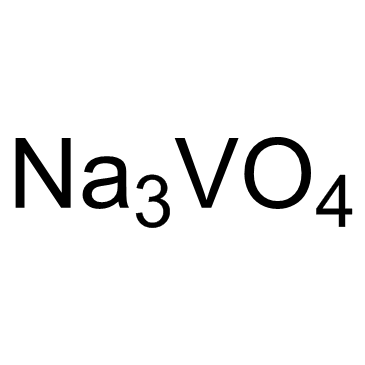Journal of Pharmacology and Experimental Therapeutics
2015-04-01
Cholesteryl ester-transfer protein inhibitors stimulate aldosterone biosynthesis in adipocytes through Nox-dependent processes.
Francisco J Rios, Karla B Neves, Aurelie Nguyen Dinh Cat, Sarah Even, Roberto Palacios, Augusto C Montezano, Rhian M Touyz
Index: J. Pharmacol. Exp. Ther. 353(1) , 27-34, (2015)
Full Text: HTML
Abstract
Hyperaldosteronism and hypertension were unexpected side effects observed in trials of torcetrapib, a cholesteryl ester-transfer protein (CETP) inhibitor that increases high-density lipoprotein. Given that CETP inhibitors are lipid soluble, accumulate in adipose tissue, and have binding sites for proteins involved in adipogenesis, and that adipocytes are a source of aldosterone, we questioned whether CETP inhibitors (torcetrapib, dalcetrapib, and anacetrapib) influence aldosterone production by adipocytes. Studies were performed using human adipocytes (SW872), which express CETP, and mouse adipocytes (3T3-L1), which lack the CETP gene. Torcetrapib, dalcetrapib, and anacetrapib increased expression of CYP11B2, CYP11B1, and steroidogenic acute regulatory protein, enzymes involved in mineralocorticoid and glucocorticoid generation. These effects were associated with increased reactive oxygen species formation. Torcetrapib, dalcetrapib, and anacetrapib upregulated signal transducer and activator of transcription 3 (STAT3) and peroxisome proliferation-activated receptor-γ, important in adipogenesis, but only torcetrapib stimulated production of chemerin, a proinflammatory adipokine. To determine mechanisms whereby CETP inhibitors mediate effects, cells were pretreated with inhibitors of Nox1/Nox4 [GKT137831; 2-(2-chlorophenyl)-4-[3-(dimethylamino)phenyl]-5-methyl-1H-pyrazolo[4,3-c]pyridine-3,6(2H,5H)-dione], Nox1 (ML171 [2-acetylphenothiazine]), mitochondria (rotenone), and STAT3 (S3I-201 [2-hydroxy-4-(((4-methylphenyl)sulfonyloxy)acetyl)amino)-benzoic acid]). In torcetrapib-stimulated cells, Nox inhibitors, rotenone, and S3I-201 downregulated CYP11B2 and steroidogenic acute regulatory protein and reduced aldosterone. Dalcetrapib and anacetrapib effects on aldosterone were variably blocked by GKT137831, ML171, rotenone, and S3I-201. In adipocytes, torcetrapib, dalcetrapib, and anacetrapib inhibit enzymatic pathways responsible for aldosterone production through Nox1/Nox4- and mitochondrial-generated reactive oxygen species and STAT3. CETP inhibitors also influence adipokine production. These processes may be CETP independent. Our findings identify novel adipocyte-related mechanisms whereby CETP inhibitors increase aldosterone production. Such phenomena may contribute to hyperaldosteronism observed in CETP inhibitor clinical trials. Copyright © 2015 by The American Society for Pharmacology and Experimental Therapeutics.
